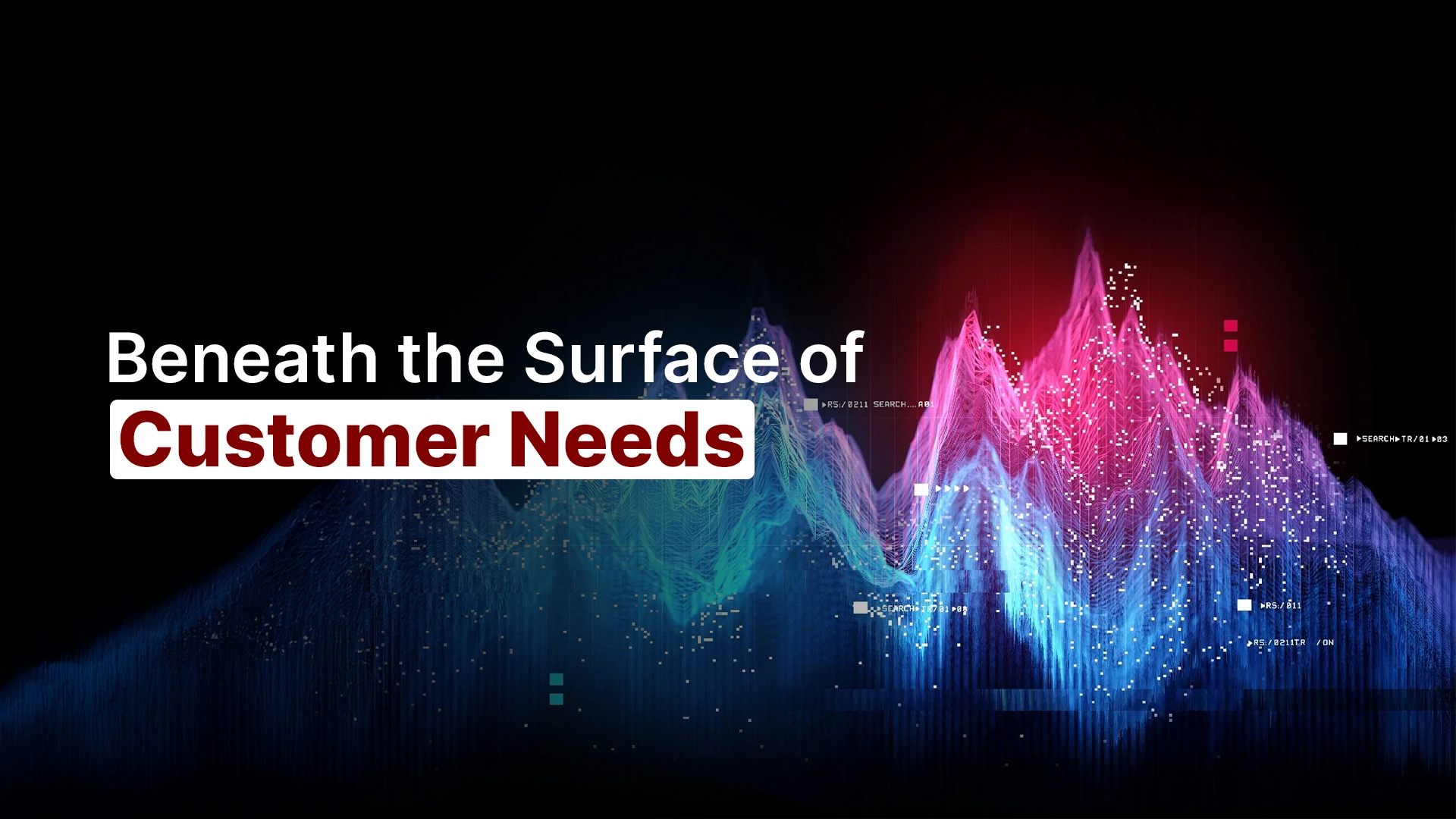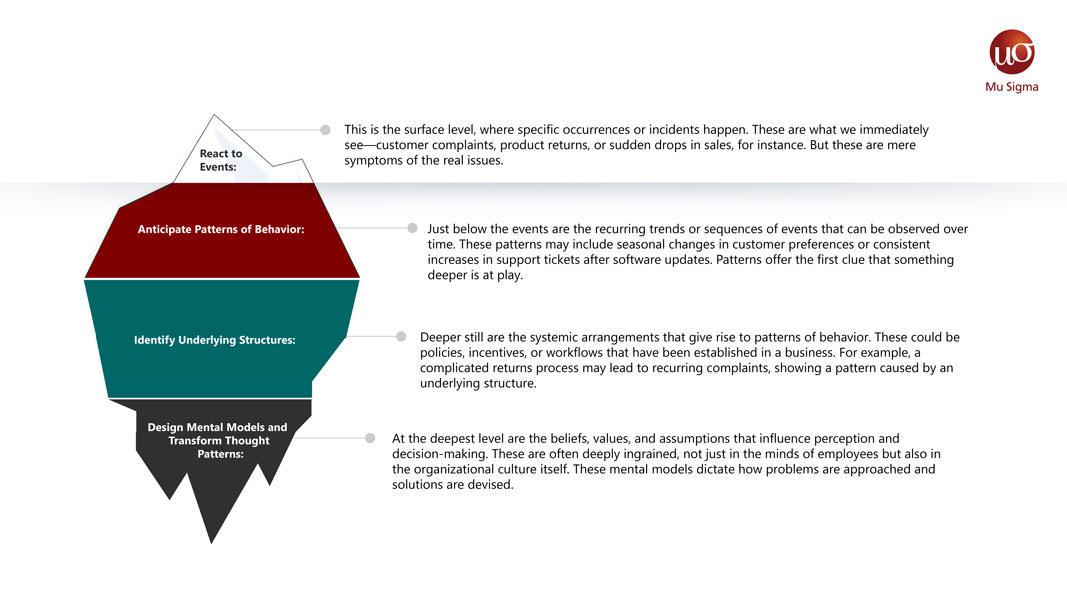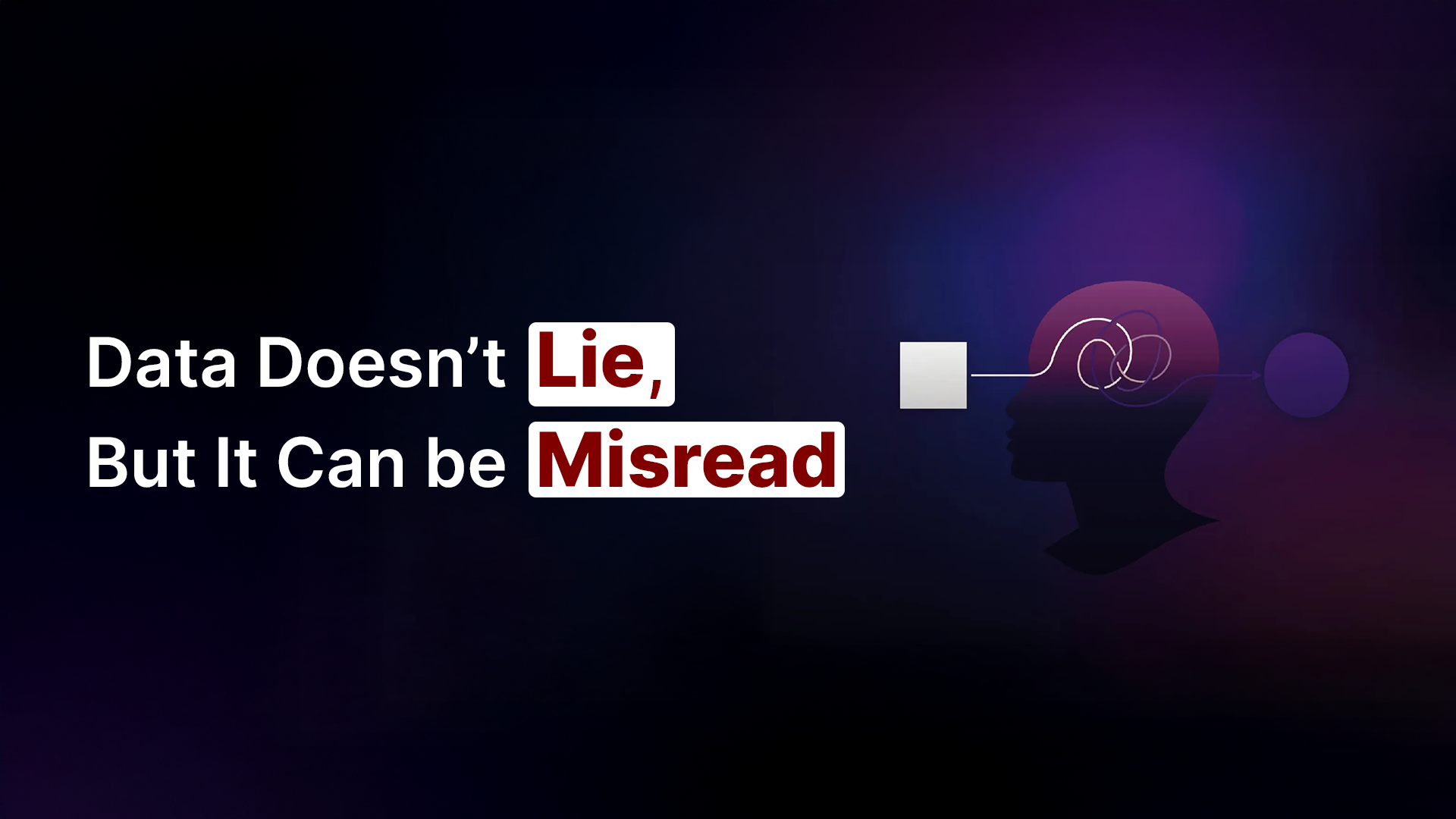Businesses often find themselves treating the symptoms of, rather than solving the real problems that originate in economies of speed, where the customer’s focus has shifted from products and services to experiences. In the past, delivering a high-quality product or reliable service might have been enough to secure customer loyalty. However, advances in technology and the democratization of information have led to a market where quality products and dependable services are often the minimum expectation, not a differentiator. With several businesses offering similar products or services, the time it takes to innovate, meet customer demands, and deliver solutions has become an essential competitive edge.
Customers now have a plethora of choices at their fingertips, and they can switch to competitors with just a few clicks or swipes. They are not just buying a product or a service; they are investing in an experience that starts from the moment they hear about your brand to the after-sales service they receive. In an economy that values speed, they are assessing how quickly you can meet their evolving needs and resolve their issues. Given that speed is of the essence, the experience becomes even more critical. Customers don’t just want their problems solved; they want them solved now. They appreciate swift website load times, immediate customer service response, and fast shipping options. In other words, the speed of the experience has become an integral part of the experience itself.
If speed defines the experience, the ability to understand and anticipate customer needs in real-time becomes indispensable. Customers no longer just want solutions; they want immediate and empathetic responses to their unique needs and situations. This is where the principles of design thinking, particularly the concept of empathy, become crucial. Empathy allows businesses to put themselves in their customers’ shoes, understand their pain points, and deliver solutions that not only solve the problem but also resonate on a deeper emotional level.
INTRODUCING THE ICEBERG MODEL
To craft these kinds of rich, empathetic customer experiences, one helpful tool is the Iceberg Model. Borrowing from systems thinking, the Iceberg Model provides a structured way to look beyond the surface-level issues that a customer might be facing—the so-called “events”—to understand the deeper underlying patterns, structures, and mental models that drive those events. Just as an iceberg has 90% of its mass below the waterline, many of the issues customers face have deeper causes that are not immediately visible.
The Iceberg Model is composed of four interconnected layers, each providing a level of understanding that contributes to a holistic view of a problem or situation.
Understanding these four layers equips businesses with the knowledge to tackle not just the symptoms but the disease itself—the real, underlying issues. It allows for a more empathetic approach, grounded in the recognition that what may appear to be a simple customer issue often has multiple layers of complexity. The Iceberg Model encourages us to dive deep, beyond immediate events, to discover the root causes that, when addressed, can lead to meaningful and lasting solutions.
HOW DOES THE MODEL HELP?
By employing the Iceberg Model, businesses can begin to understand the root causes of customer needs and issues, rather than simply reacting to surface-level problems. When you combine this depth of understanding with the empathy-driven approach of design thinking, you can start to anticipate not just what customers will do, but why they will do it. For example, if customers are repeatedly abandoning their shopping carts on an e-commerce website, it’s not enough to just simplify the checkout process. Businesses must delve deeper to understand why this behavior is occurring. Is it a matter of price, trust, ease of use, or something more profound, like a disconnect with the brand’s values?
Furthermore, the Iceberg Model empowers businesses to expect future trends and needs. By recognizing patterns in customer behavior, companies can predict how customers will likely react in different situations, enabling them to prepare solutions in advance. This is particularly beneficial in today’s fast-paced markets, where being the first to provide a solution can be a significant competitive advantage. The proactive approach inspired by the Iceberg Model allows companies to shift from being reactive problem-solvers to innovative trendsetters.
Finally, the model is invaluable in facilitating communication within an organization. A deep understanding of a problem naturally leads to more effective communication strategies. Teams become aligned in their understanding of what the real issues are and what needs to be done to address them. This is especially critical in large, complex organizations where teams often operate in silos, and where misalignment can result in delays, increased costs, and decreased customer satisfaction.
While speed is essential, the depth of understanding is equally critical for crafting experiences that will resonate with customers and earn their loyalty. By using tools like the Iceberg Model, in tandem with empathy as advocated in design thinking, businesses can offer quick yet deeply satisfying solutions to customer issues. This balanced approach means businesses are not just reacting to problems as they occur, but proactively preventing them by understanding and addressing their root causes. The result is a faster, more meaningful interaction for the customer—one that solves not just the immediate issue but also addresses deeper needs and desires.






